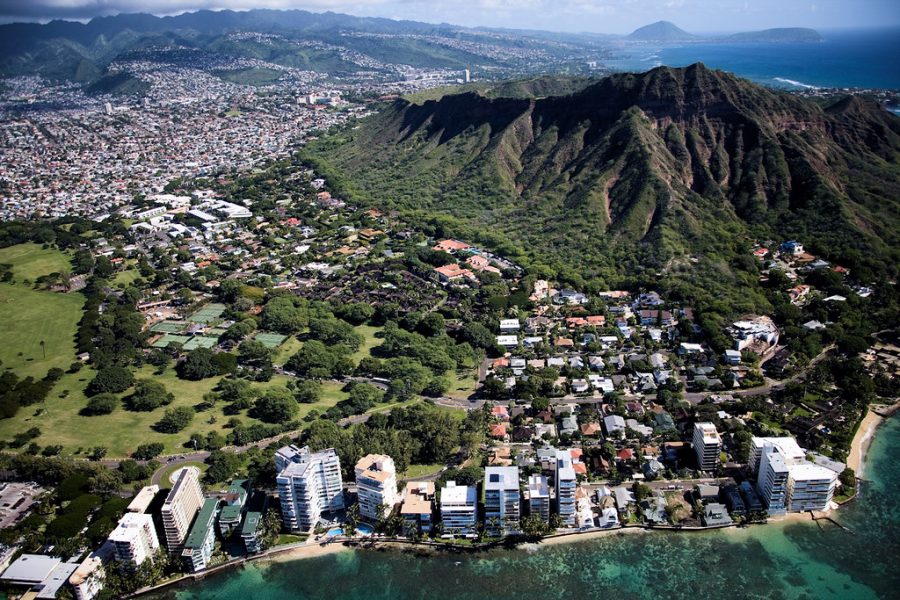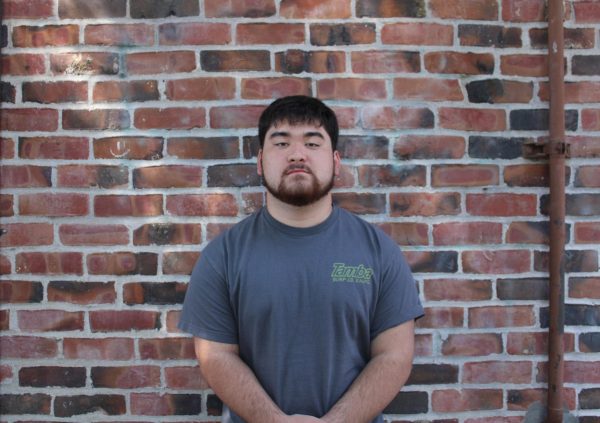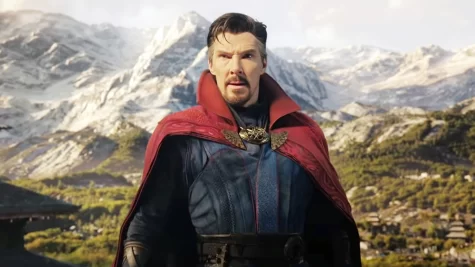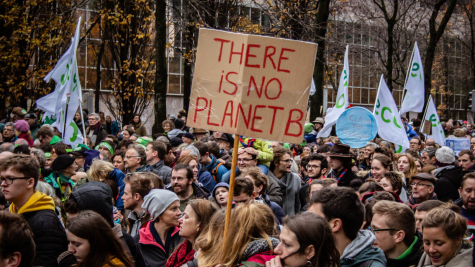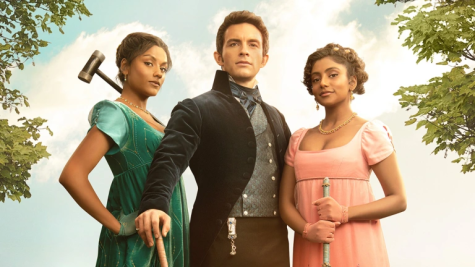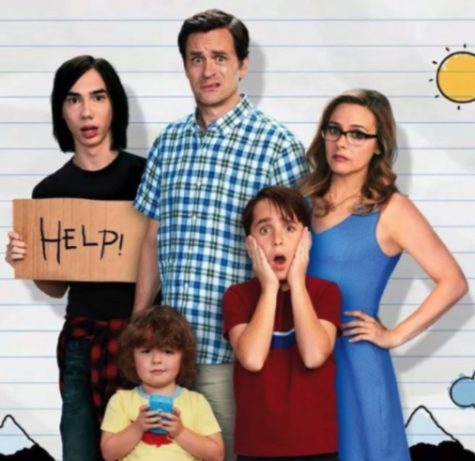Hawaii tourism and local’s problem
In 2020, Hawaii tourism had significantly decreased due to the rise of COVID-19. As a native Hawaiian, I have watched this unfold with concern for my family and people. I had the chance to attend Kappa High School during the lockdown and see what was happening firsthand.
Due to fear of infection, tourists began leaving Hawaii and returning home, either to the United States or to other countries. Hawaii’s economy has been severely impacted due to it being heavily dependent on U.S. trade, international trade and U.S. supplies.
Hawaiian people once lived autonomously but in Jan. 1778, an English man named Captain Cook arrived and so began the European colonization of the islands, leading to the establishment of the sugar industries. This led to a thriving economy for newcomers with increased work opportunities as well as abundant resources. However, it also took over the land from the native Hawaiians and changed their way of life forever. The U.S. then took an economic and territorial interest in the islands and invaded Hawaii, with the U.S. annexing Hawaii in 1898.
Hawaii grew alongside America, and naval dockyards were built there during World War II. After the Pearl Harbor attack, Hawaii slowly rebuilt and became a tourist destination. Hawaii is a perfect tourist attraction because of its beaches, welcoming culture, good food and tropical location. It’s locations in the middle of the Pacific ocean, makes it an ideal center of trade and location for planes to refuel and cargo ships to unload and load their goods. Trade is extremely important to Hawaii, as it does not have enough materials and resources to sustain itself. Tourism is the dominant industry which was why Covid became an issue.
Mass tourism has always caused issues for locals, water use is heavy, also profits go to big hotel chains and not local people. Furthermore, there is a dilemma, as my uncle Troy said, we need tourism for money yet it can be destructive culturally as many people would prefer to continue to live in a more isolated traditional fashion.
Hawaii could not afford to stop tourists from coming yet the toll Covid took on the native people has been devastating. According to ABC news, ‘Native Hawaiians make up about 21% of the state’s population, and from the start of the pandemic until July 10, 2021, they accounted for 21% of cases as well. But from July 11, 2021, to Aug. 16, 2021, that figure increased to 28%, according to state data.’ Clearly, native Hawaiians are disproportionately in distress because of Covid.
One solution to help Hawaii’s to provide more resources, specifically in the medical field. In Hawaii, as in the rest of the country, the professionals in the medical field fought tirelessly against COVID-19. Unfortunately, their resources were not enough, and therefore we should give the doctors and nurses the proper resources to combat it. While my grandmother was having surgery, I have been to these hospitals and noted that they need more equipment and funding. COVID has made this worse.
Another plausible way to delay or stop the virus in Hawaii and protect the people is to mandate that all people visiting the islands are fully vaccinated and wear masks and are therefore less likely to spread the disease. This protects locals and keeps tourist money circulating allowing Hawaii to get back up on its feet and let it progress forward.
In conclusion, Hawaii both losing its tourists and having unvaccinated and unmasked tourists spread the virus has severely impacted local businesses, large companies and disproportionately affected native people. Even though this has transpired, Hawaiian businesses are now starting to open again, and people are slowly returning to a normal lifestyle. With time and effort, eventually, Hawaii will continue to grow and progress but we need action now in terms of funding to combat the virus.


